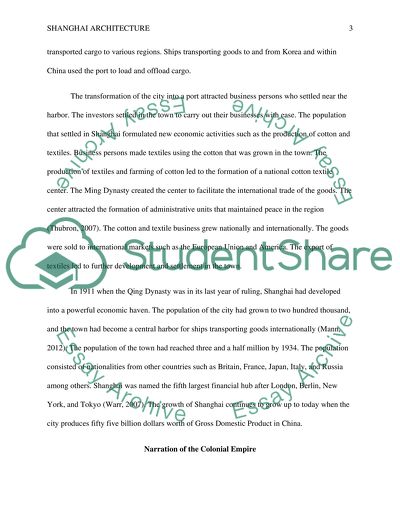Cite this document
(“Shanghai Architecture Term Paper Example | Topics and Well Written Essays - 2500 words”, n.d.)
Shanghai Architecture Term Paper Example | Topics and Well Written Essays - 2500 words. Retrieved from https://studentshare.org/architecture/1487798-shanghai-architecture
Shanghai Architecture Term Paper Example | Topics and Well Written Essays - 2500 words. Retrieved from https://studentshare.org/architecture/1487798-shanghai-architecture
(Shanghai Architecture Term Paper Example | Topics and Well Written Essays - 2500 Words)
Shanghai Architecture Term Paper Example | Topics and Well Written Essays - 2500 Words. https://studentshare.org/architecture/1487798-shanghai-architecture.
Shanghai Architecture Term Paper Example | Topics and Well Written Essays - 2500 Words. https://studentshare.org/architecture/1487798-shanghai-architecture.
“Shanghai Architecture Term Paper Example | Topics and Well Written Essays - 2500 Words”, n.d. https://studentshare.org/architecture/1487798-shanghai-architecture.


